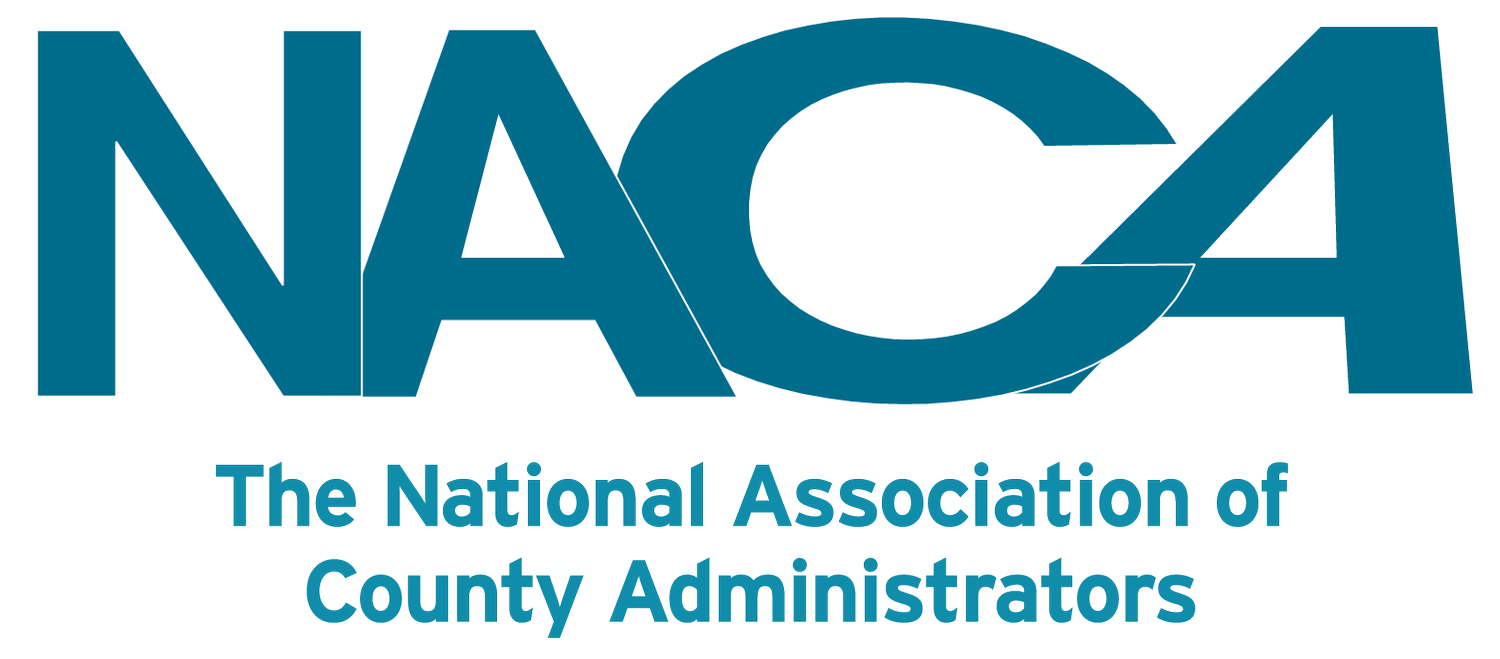The County Role in Elections: How Counties Administer Secure and Accurate Elections
AUTHOR
Associate Legislative Director – Finance, Pensions & Intergovernmental Affairs
Elections in the United States are administered in a highly decentralized process through which each state shapes its own election laws. In turn, states shape the roles counties play in the months and weeks leading up to Election Day. The federal government also plays a role through the U.S. Election Assistance Commission (EAC), which serves as the federal clearinghouse for election related technical assistance and makes grants when funding is available to aid states and local governments. Still, the majority of election responsibilities are concentrated at the state and local level. The intergovernmental partnership is crucial to the integrity of elections, but it requires a delicate balance that recognizes the important role counties play in administering a secure and accurate election. The county role in election administration is vital to the democratic process and should be recognized as such.
The County Role in Elections
The nation’s 3,069 counties traditionally administer and fund elections at the local level, including overseeing polling places and coordinating poll workers for federal, state and local elections. County election officials strive to administer elections in a way that is accurate, safe, secure and accessible for all voters. Counties are responsible for funding and managing over 100,000 polling places staffed with over 630,000 poll workers each election cycle. More than 203 million people were registered and eligible to vote within jurisdictions where counties played a significant role in election administration in 2020.
Counties are responsible for funding and managing over 100,000 polling places staffed with over 630,000 poll workers each election cycle.
The 2020 election cycle was the most unprecedented in recent history in that the election was administered during a global pandemic, a period of civil unrest and amidst persistent misinformation and disinformation on social media about the administration of elections. Counties also had to adapt to the increase in voter turnout and the changing nature of voter participation. According to the U.S. Census Bureau, approximately 67 percent of voting age Americans reported voting in the 2020 general election – an increase of 5 percentage points above the turnout in the 2016 general election.1 Counties provided election-related services to more than 145 million people who voted in county-administered jurisdictions and whose votes were counted during the 2020 general elections, an increase of approximately 20 million more voters than the comparable level in the 2016 general elections.
Due to the COVID-19 pandemic, more people opted to vote-by-mail or vote during an early voting period prior to Election Day. According to the U.S. Election Assistance Commission (EAC), states reported more than double the number of mail-in ballots cast in the 2020 general election as compared to the 2016 general election.2 During the 2020 general election, more than 63.7 million people voted by mail and over 39.1 million voted in-person during an early voting period. This is compared to over 32 million by-mail voters and over 21.9 million early voters in the 2016 general election.
Despite these challenges, counties in partnership with our state and federal partners were able to administer the “most secure in American history.”3 ….

